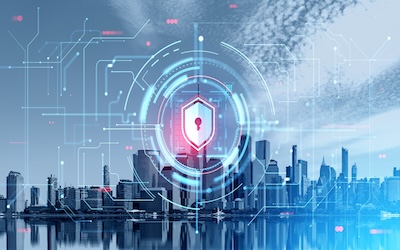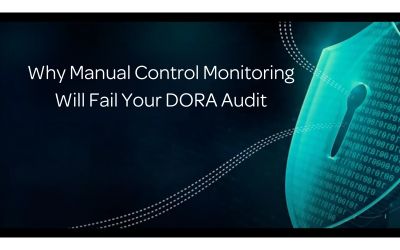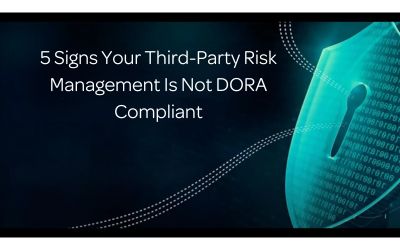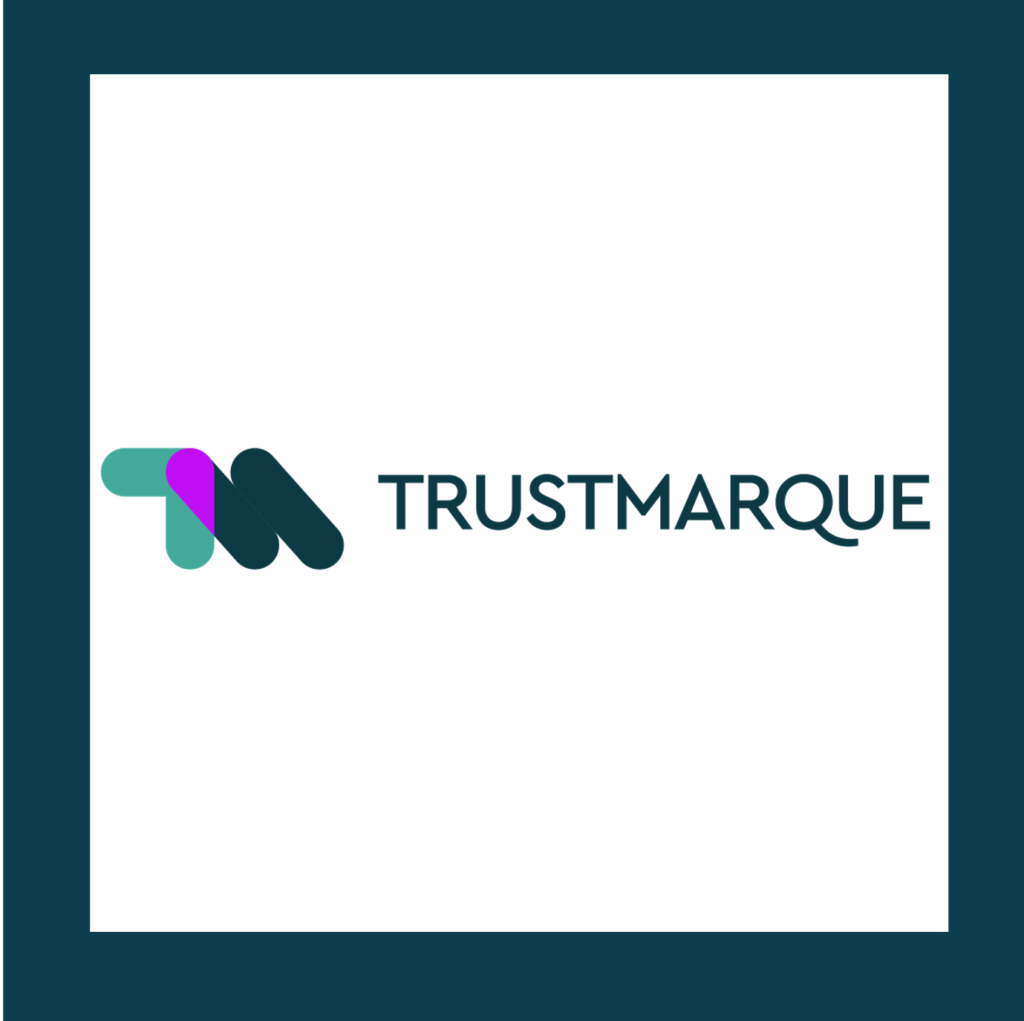The Business Imperative for Continuous Controls Monitoring
If you still think ransomware and large-scale cyber disruption are “IT problems,” the last year should have changed your mind. The UK’s National Cyber Security Centre (NCSC) handled a record number of nationally significant incidents, and ransomware remains one of the biggest threats to UK businesses. The cost isn’t just operational downtime, it’s cascading disruption across supply chains, reputational damage, and in some cases, direct government intervention.
Take Jaguar Land Rover (JLR). After a crippling cyber-attack shut down production, the UK government offered a £1.5 billion loan guarantee to help stabilise operations and protect jobs. It was a necessary step, but let’s be clear, it was a sticking plaster, not a solution.
Public money covered the wound, but it didn’t fix the root problem: a lack of resilience. The question boards should be asking is why production could be halted so completely, and what can be done to ensure it never happens again.
Because as cyber incidents grow in scale and cost, bailouts won’t build resilience. Prevention will.
Ripping the plaster off: Operational resilience through visibility
When a single ransomware attack can cost hundreds of millions in lost output, boards can’t afford to rely on lagging indicators and static reports. Resilience starts with visibility — and that means knowing, continuously, that controls are in place and working.
That’s what Continuous Controls Monitoring (CCM) delivers: a real-time, data-driven understanding of your organisation’s cyber, compliance, and risk posture. It pulls together telemetry from across the business — endpoints, identity systems, cloud, network, and third parties — and shows how well your controls are actually performing.
If Jaguar had had continuous insight into its control environment, it’s likely the vulnerabilities that led to production stoppages would have been flagged long before the breach. That’s the power of moving from periodic assurance to continuous assurance — from reacting to risk, to pre-empting it.
Boards are tightening budgets — but CCM helps you do more with less
The uncomfortable truth is that while risk is rising, budgets are tightening. Across sectors, CISOs and risk leaders are being told to do more with less — to rationalise tooling, optimise spend, and still guarantee resilience.
The result? Many security teams are stretched thin, firefighting incidents while struggling to maintain control evidence and compliance reporting. The manual burden is enormous.
This is where CCM isn’t just a security tool — it’s a force multiplier.
- Efficiency through automation: CCM replaces manual spot checks and spreadsheet reporting with continuous validation. Teams get back valuable time while the system does the heavy lifting.
- Greater coverage, lower cost: By connecting to multiple data sources, CCM gives you real-time assurance across hundreds of controls without expanding headcount.
- Instant, audit-ready evidence: When regulators or auditors come knocking, everything is already tracked and aligned — no last-minute scramble, no productivity drain.
- Board-ready KPIs: CCM translates technical metrics into board language — control pass rates, remediation times, and compliance trends — so leaders can see risk in business terms.
Continuous Controls Monitoring and the outcomes boards really care about
Continuous Controls Monitoring isn’t just a security tool – it’s a business enabler. Here’s what it delivers in concrete, board-relevant terms:
- Operational continuity – Detect issues before they escalate, keeping production, services, and supply chains running. Less interruption = less lost revenue.
- Financial protection – Fewer incidents and faster remediation mean lower incident response costs, reduced potential ransom payments, and a smaller hit to profits.
- Reputation and stakeholder confidence – Continuous assurance demonstrates to customers, partners, and investors that risk is managed proactively. Avoiding a headline breach protects brand value.
- Regulatory and audit readiness – CCM produces live, auditable evidence of control effectiveness, reducing compliance headaches and avoiding penalties.
- Insurance leverage – Evidence of continuous control effectiveness can lower premiums and simplify claims, giving the organisation more reliable risk transfer options.
- Data-driven decision making – Boards gain KPIs they can actually use: time-to-detect, control pass rates, remediation timelines. These metrics allow executives to make confident decisions under pressure.
In short, CCM translates technical controls into measurable business outcomes, making cyber risk a board-level concern with clear ROI, not just an IT issue.
The new boardroom question
Boards no longer need to ask, “Are we compliant?”
They’re asking the questions that really matter: “How confident are we that our cyber risks are under control — today, not last quarter?”
“Could we survive a major attack without a material impact on operations, reputation, or revenue?”
These are the questions that drive board decisions — and they go far beyond ticking boxes on a checklist. Boards care about outcomes, not controls for their own sake. They want assurance that investments in cyber, risk, and compliance are actually reducing risk and strengthening resilience.
This is where CCM delivers live, continuous insight, identifies weak spots before they become incidents, and produces metrics that translate directly into business confidence. With CCM, boards don’t just see that controls exist; they see that they work, and that the business is protected in real time.
Bail-outs are not a business strategy
The government’s willingness to step in during cyber crises is commendable, but it highlights a dangerous precedent: we’re funding recovery instead of investing in prevention.
For boards, that’s not just bad optics – it’s bad economics. The real cost isn’t the ransom; it’s the downtime, the reputational fallout, the insurance impact, and the shareholder anxiety. The bail-out is temporary. The operational weakness remains.
Continuous Controls Monitoring is how boards break that cycle. It gives them live assurance, measurable accountability, and confidence that the next incident won’t spiral into an existential event.
Because every taxpayer-funded rescue, every emergency loan, every “temporary measure” is money spent too late. The real leadership move isn’t waiting for government intervention, it’s making sure you never need it.
To explore our CCM platform click here





















